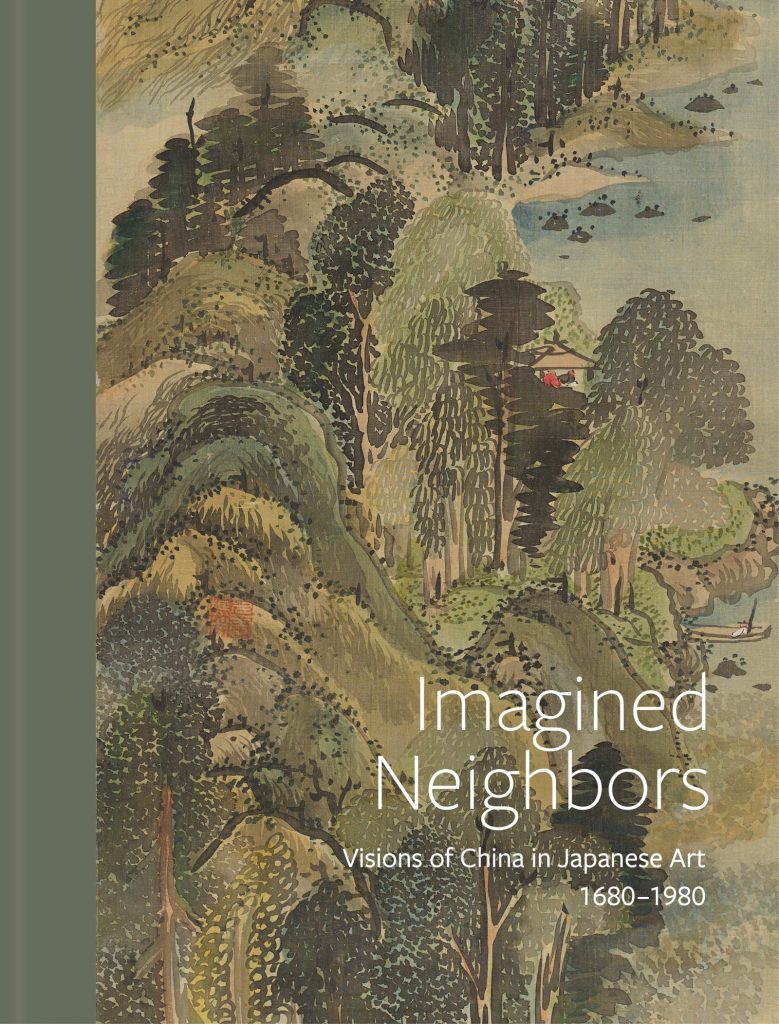March 16–September 15, 2024
-
Dates
-
Location
Freer Gallery of Art | Galleries 5, 6, 6a, 7, 8
-
Collection Area
Japanese Art
During the Edo period (1603–1868), feudal Japan was largely closed off from the outside world. For three hundred years, a loose movement of Japanese artists, often referred to as literati, turned to neighboring China—variably a source for emulation and a source of rivalry—for inspiration. Through painting and calligraphy, they created immersive environments in which artists and viewers alike could mentally withdraw from worldly affairs. As disparate and diverse as the literati movement was, its members were united by a common language that embraced diverse notions of “China”—a place both familiar and foreign, as much imagined as it was known. Throughout a period of modernization during the Meiji era (1868–1912) and after, when all facets of life in Japan were radically changing, China’s historic role in helping shape the fabric of Japanese history and culture remained a touchstone for Japanese artists, even in the context of imperialism and war.
Imagined Neighbors presents Japanese artworks from the Mary and Cheney Cowles Collection, given to the National Museum of Asian Art between 2018 and 2022. The Cowles Collection is arguably the largest and most comprehensive group of Japanese literati works outside of Japan. The paintings and calligraphy in this exhibition fuse reality with imagination and remain important to understanding the continuing, complex engagement of Japanese artists with China, to them both a real and an imagined place.
Interactive
Imagined Neighbors
Do you know how to tell Japanese and Chinese paintings apart? Learn more about literati painters in Japan and China by comparing paintings from our collections.

Related Publication
Imagined Neighbors: Visions of China in Japanese Art 1680–1980
Author List: Frank Feltens (ed.)
Publisher: National Museum of Asian Art, Smithsonian Institution; in association with Hirmer Publishers
Publication Date: September 19, 2024
Imagined Neighbors: Visions of China in Japanese Art examines Japanese artistic understanding of China from the late 1600s, Japan’s period of seclusion, to its age of modernization after the mid-nineteenth century. It focuses on ways Japanese painters from the late 1600s to the twentieth century pictured China, both as a real place and as an imagined promised land. It features three essays by renowned Japanese art historians in addition to more than fifty catalog entries highlighting unusual artworks revealing Japanese artists’ complex responses to Chinese art, history, and culture. Imagined Neighbors challenges the established narrative of an exclusively Western-inspired modern Japan by offering a more nuanced approach to understanding the country’s struggle with reconciling the old with the new as it reinvented itself into a modern nation-state.

Art Stories
The Art of Travel
Over centuries, images depicting travel have transformed individual journeys into familiar routes and distant sites into iconic destinations, shaping perceptions of places both near and far. See how artists have depicted travelers across cultures, learn about the role of art in travel of various kinds, explore objects that have undertaken journeys of their own, and plan your own trip to the museum, whether in person or virtually.

Support
Generous support for the museum’s Japanese art program is provided by

Keep Exploring
-

Meeting Tessai: Modern Japanese Art from the Cowles Collection
August 13, 2022–January 28, 2024
Landscape (detail), Hosokawa Rinkoku (1782–1842), Japan, Edo period, 1835, handscroll, ink and color on paper, Freer Gallery of Art Collection, National Museum of Asian Art, Smithsonian Institution, The Mary and Cheney Cowles Collection, Gift of Mary and Cheney Cowles, F2021.4.11a–c
- Jump To...



